Pistoia is a small town of almost 90,000 inhabitants in northern Tuscany located between Florence and Lucca. In the shadow of these two illustrious neighbors, it is spared by the crowds of tourists. It is still a beautiful city of art, but it benefits from a better preserved authenticity.
It has a beautiful architectural and artistic heritage, including a medieval center and Renaissance buildings. In 2017 it was the capital of Italian culture. Its gastronomy is also not to be missed, known as a city of confectionery, with the confetto a riccio or the birignoccoluto.
Located at the foot of the Apennines, Pistoia occupies a plain and is easily visited on foot, being thus a good base for exploring the north of the region, including the mountains further north, see skiing in Abetone.
A 30-minute train ride from Florence, Pistoia deserves a full day to discover it.
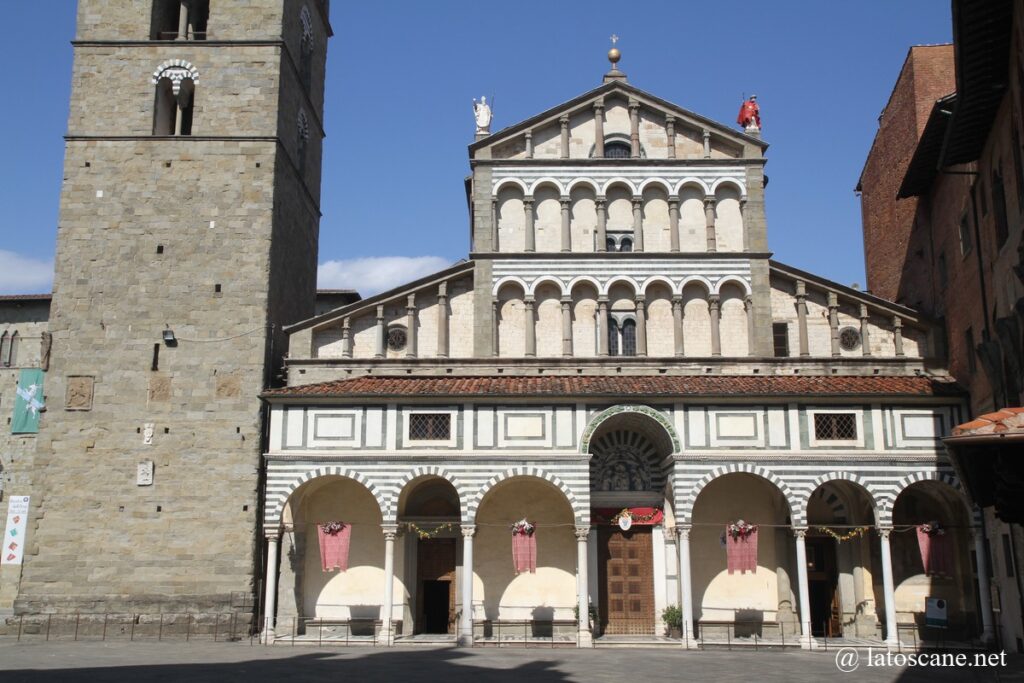
Pistoia heritage
The most charming place in town is on the Piazza del Duomo, one of the nicest medieval squares in Tuscany, not very large and surrounded by suggestive buildings with its cathedral, baptistery, Palace of the bishops and the Municipal Palace. Beyond, the charming Piazza della Salla welcomes the market, the Ospedale del Ceppo has a unique work of art with its ceramic frieze. Medieval churches are among the most beautiful in Tuscany, and you can go down to discover the suggestive underground of the city.
Things to do and see in PistoiaGuided tours
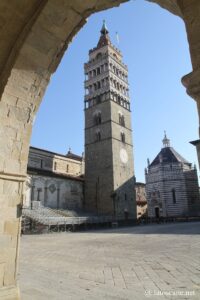
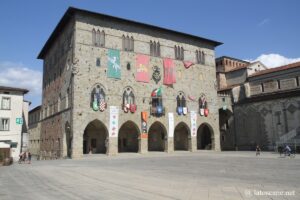
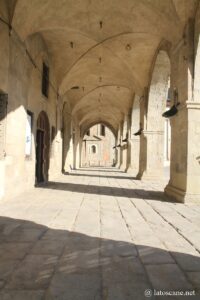
Historical overview
Pistoia was a Roman oppidum, but older traces of Ligurian and Etruscan occupation have been found.
The city had its own bishop in the 5th century AD under the Byzantines.
After the fall of the Roman Empire, its development resumed around the 10th century.
It proclaimed itself an autonomous commune in 1117, fighting with Florence for the domination of northern Tuscany. In 1254-67, Pistoia was a Ghibelline (on the side of the Holy Roman Empire) and was conquered by the Guelphs of Florence (on the side of the Pope and the Holy See).
In the 16th century, all of Tuscany was part of the Medici Grand Duchy.
The religious importance of Pistoia was lost after 1140 when the relic of Saint James was offered to him by the archbishop Diego Gelmírez de Compostela. Thus, pilgrims could venerate Saint James there, including those who went to Rome by the nearby Via Francigena.
These passages greatly enriched Pistoia in the Middle Ages.
Where is Pistoia, map
If you see this after your page is loaded completely, leafletJS files are missing.
Links and sources
- General information: en.wikipedia.org
- Official Tourist Portals: www.visitpistoia.eu, www.pistoiaturismoit
- Blogs and Tourist Portals: www.visittuscany.com
Post about Pistoia
- Collodi and Val di Nievole
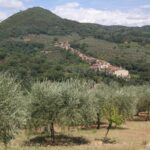 Between Lucca and Pistoia, the Val di Nievole is a gentle region full of small treasures and gardens, from its spas to its natural areas, with lush hills, woods of ...
Between Lucca and Pistoia, the Val di Nievole is a gentle region full of small treasures and gardens, from its spas to its natural areas, with lush hills, woods of ... - Things to do and see in Pistoia
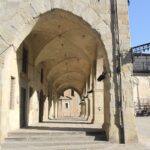 Presentation of the most beautiful places in Pistoia, squares and monuments, with the Also read the overview of Piazza del Duomo in Pistoia The Piazza del Duomo is the main square of ...
Presentation of the most beautiful places in Pistoia, squares and monuments, with the Also read the overview of Piazza del Duomo in Pistoia The Piazza del Duomo is the main square of ... - Surroundings of Pistoia
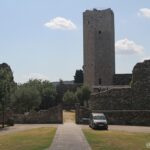 This page explores the surroundings of the pretty town of Pistoia, in the homonymous province, read also the page dedicated to On the Lucca road, the fortress of Serravalle Pistoiese ...
This page explores the surroundings of the pretty town of Pistoia, in the homonymous province, read also the page dedicated to On the Lucca road, the fortress of Serravalle Pistoiese ... - Pistoia Cathedral of San Zeno
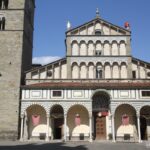 The Cathedral of San Zeno (in Italian: Cattedrale di San Zeno or Duomo di Pistoia), is the most important religious building in the city, a beautiful Romanesque structure with its ...
The Cathedral of San Zeno (in Italian: Cattedrale di San Zeno or Duomo di Pistoia), is the most important religious building in the city, a beautiful Romanesque structure with its ... - Hotels in Pistoia
 Search and book quickly accommodation in Pistoia, among dozens of structures, hotels, apartments or guest houses
Search and book quickly accommodation in Pistoia, among dozens of structures, hotels, apartments or guest houses - Weather in Pistoia
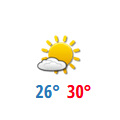 Weather forecast in Pistoia, Tuscany, current and upcoming days including rainfall, temperature and air quality. Weather forecast in Pistoia, 5 days Complete weather in Pistoia Into the same category
Weather forecast in Pistoia, Tuscany, current and upcoming days including rainfall, temperature and air quality. Weather forecast in Pistoia, 5 days Complete weather in Pistoia Into the same category
No Comments Yet